Human Molecular Genetics 5th Edition
Human Molecular Genetics Fifth Edition:
Human Molecular Genetics has been carefully crafted over successive editions to provide an authoritative introduction to the molecular aspects of human genetics, genomics and cell biology.
Maintaining the features that have made previous editions so popular, this fifth edition has been completely updated in line with the latest developments in the field. Older technologies such as cloning and hybridization have been merged and summarized, coverage of newer DNA sequencing technologies has been expanded, and powerful new gene editing and single-cell genomics technologies have been added. The coverage of GWAS, functional genomics, stem cells, and disease modeling has been expanded. Greater focus is given to inheritance and variation in the context of populations and on the role of epigenetics in gene regulation.
Key features:
- Fully integrated approach to the molecular aspects of human genetics, genomics, and cell biology
- Accessible text is supported and enhanced throughout by superb artwork illustrating the key concepts and mechanisms
- Summary boxes at the end of each chapter provide clear learning points
- Annotated further reading helps readers navigate the wealth of additional information in this complex subject and provides direction for further study
- Reorganized into five sections for improved access to related topics
- Also new to this edition – brand new chapter on evolution and anthropology from the authors of the highly acclaimed Human Evolutionary Genetics
A proven and popular textbook for upper-level undergraduates and graduate students, the new edition of Human Molecular Genetics remains the ‘go-to’ book for those studying human molecular genetics or genomics courses around the world.
Additional ISBNs:
∗ eText ISBN: 0429827474, 978-0429827471, 9780429827471
- See additional information on the Amazon.
More Details
Human Molecular Genetics 5th Edition:
Cover
Title Page
Copyright Page
Contents
Preface
About the authors
Contributors
PART 1 BASICS OF DNA, CHROMOSOMES, CELLS, DEVELOPMENT AND INHERITANCE
1 Basic principles of nucleic acid structure and gene expression
1.1 Composition of nucleic acids and polypeptides
1.2 Base pairing in DNA and RNA, the double helix, and DNA replication
1.3 RNA transcription and gene expression
1.4 RNA processing
1.5 Translation, post-translational processing, and protein structure
Summary
Further reading
2 Fundamentals of cells and chromosomes
2.1 Cell structure and diversity, and cell evolution
2.2 DNA and chromosome copy number during the cell cycle
2.3 Cell division and transmission of DNA to daughter cells
2.4 Structure and function of chromosomes
Summary
Further reading
3 Fundamentals of cell–cell interactions and immune system biology
3.1 Principles of cell signaling
3.2 Cell proliferation and programmed cell death
3.3 Cell adhesion and tissue formation
3.4 Immune system biology
Summary
Further reading
4 Aspects of early mammalian development, cell differentiation, and stem cells
4.1 Cell lineages and tissue differentiation in early mammalian development
4.2 Stem cells and cell differentiation
Summary
Further reading
5 Patterns of inheritance
5.1 Monogenic versus multifactorial inheritance
5.2 Mendelian pedigree patterns
5.3 Mosaicism and new mutations
5.4 Non-Mendelian characters
Summary
Further reading
PART 2 UNDERSTANDING GENOMES
6 Core DNA technologies: amplifying DNA, nucleic acid hybridization, and DNA sequencing
6.1 Cloning DNA in bacterial cells
6.2 Amplifying DNA by in vitro DNA replication
6.3 Nucleic acid hybridization: principles and uses
6.4 DNA sequencing principles and Sanger dideoxy sequencing
6.5 Massively-parallel DNA sequencing (next-generation sequencing)
Summary
Further reading
7 Analyzing the structure and expression of genes and genomes
7.1 Genome structure analysis and genome projects
7.2 Basic gene expression analyses
7.3 High-throughput gene expression analyses
7.4 Single-cell genomics
Summary
Further reading
8 Principles of genetic manipulation of mammalian cells
An overview of genome editing, gene silencing, and germ-line transgenesis
8.1 Artificial transfer of genetic material into mammalian cells
8.2 Principles of transgene expression in mammalian cells
8.3 Genome editing using homologous recombination
8.4 Genome editing using programmable site-specific endonucleases
8.5 Gene silencing
8.6 Germ-line transgenesis and transgenic animals
Summary
Further reading
9 Uncovering the architecture and workings of the human genome
9.1 An overview of the human genome
9.2 Gene organization and distribution in the human genome
9.3 Heterochromatin DNA and transposon repeats
9.4 A start on working out how our genome functions
Summary
Further reading
10 Gene regulation and the epigenome
10.1 Chromatin accessibility and conformation
10.2 Histones and other DNA-binding proteins
10.3 Regulation by DNA methylation and noncoding RNAs
10.4 X-inactivation, imprinting, and epigenetic memory
10.5 Making the transcript: promoters and enhancers
10.6 Post-transcriptional regulation
Summary
Further reading
PART 3 GENETIC VARIATION BETWEEN INDIVIDUALS AND SPECIES
11 An overview of human genetic variation
11.1 Origins of DNA sequence variation
11.2 DNA repair
11.3 Population genomics and the scale of human genetic variation
11.4 Functional genetic variation and protein variation
11.5 Extraordinary genetic variation in the adaptive immune system
Summary
Further reading
12 Human population genetics
12.1 Allele frequencies and genotype frequencies: the Hardy–Weinberg relationship
12.2 Haplotype frequencies and linkage disequilibrium
12.3 Changing allele frequencies
12.4 Population structure and inbreeding
Summary
Further reading
13 Comparative genomics and genome evolution
13.1 Comparative genomics
13.2 Gene duplication, species differences in gene number, and evolutionary advantages of exons
13.3 Evolution of mammalian chromosomes
13.4 Regulatory sequence evolution and transposon origins of functional sequences
13.5 Phylogenetics and our place in the tree of life
Summary
Further reading
14 Human evolution
14.1 Human origins
14.2 Human evolutionary history from genome sequences
14.3 Inferring female and male histories using mitochondrial DNA and the Y chromosome
14.4 Health consequences of our evolutionary history
Summary
Further reading
PART 4 HUMAN GENETIC DISEASE
15 Chromosomal abnormalities and structural variants
15.1 Studying human chromosomes
15.2 Gross chromosome abnormalities
15.3 Structural variants, microdeletions, and microduplications
Summary
Further reading
16 Molecular pathology: connecting phenotypes to genotypes
16.1 Loss of function
16.2 Gain of function
16.3 Dynamic mutations: unstable repeat expansions
16.4 Molecular pathology of mitochondrial disorders
16.5 Genotype–phenotype correlations
Summary
Further reading
17 Mapping and identifying genes for monogenic disorders
17.1 Positional cloning seeks to identify disease genes by first mapping them to a precise chromosomal location
17.2 Haplotype sharing and autozygosity
17.3 Whole-exome and whole-genome sequencing allow an unbiased and hypothesis-free approach to identifying the cause of a monogenic condition
17.4 Strategies for exome-based disease-gene identification
17.5 Confirming that the candidate gene is the correct one
Summary
Further reading
18 Complex disease: identifying susceptibility factors and understanding pathogenesis
Introduction
18.1 Investigation of complex disease: epidemiological approaches
18.2 Investigation of complex disease using linkage
18.3 Investigation of complex disease using association
18.4 The limitations of genome-wide association studies
18.5 What have we learned about the genetics of complex characters?
Summary
Further reading
19 Cancer genetics and genomics
Introduction
19.1 Oncogenes
19.2 Tumor suppressor genes
19.3 Key oncogenes and tumor suppressor genes work mainly to regulate cell cycle checkpoints and genome maintenance
19.4 A genome-wide view of cancer
19.5 Using our new understanding of cancer
Summary
Further reading
PART 5 APPLIED HUMAN MOLECULAR GENETICS
20 Genetic testing in healthcare and the law
20.1 What to test and why
20.2 Testing for a specific genetic variant
20.3 Clinical diagnostic testing
20.4 Population screening
20.5 Pharmacogenetics and personalized medicine
20.6 DNA forensics: identifying individuals and relationships
Summary
Further reading
21 Model organisms and modeling disease
21.1 An overview of model organisms
21.2 Cellular disease models
21.3 Origins of animal models of genetic disorders
21.4 How useful are animal models of genetic disorders?
Summary
Further reading
22 Genetic approaches to treating disease
22.1 An overview of treating genetic disease and of genetic treatment of disease
22.2 Treating disease with genetically-engineered therapeutic proteins
22.3 Basic principles of gene therapy and RNA therapeutics
22.4 The practice of gene augmentation therapy for treating recessively inherited disorders
22.5 RNA therapeutics, therapeutic genome editing prospects, and genetic approaches to preventing disease
Summary
Further reading
Glossary
Index


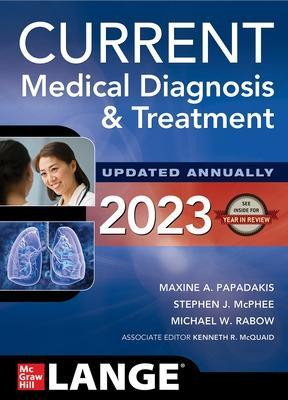
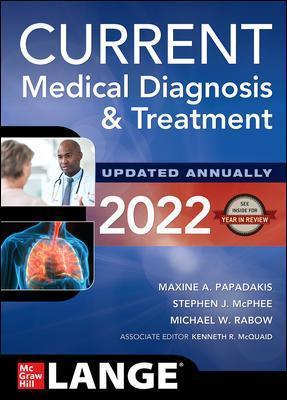
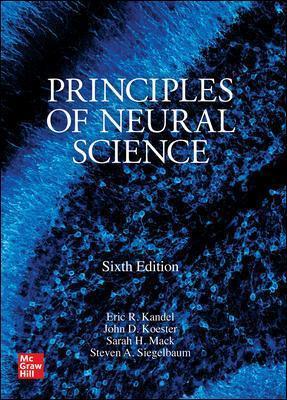





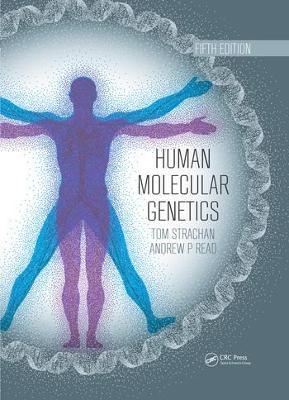
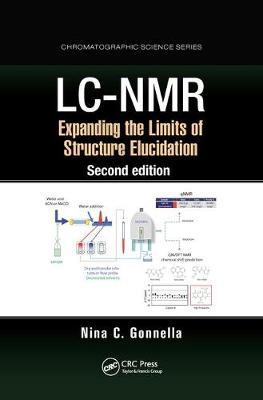
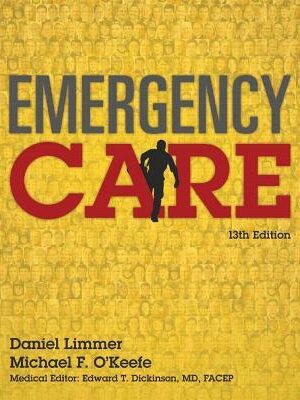



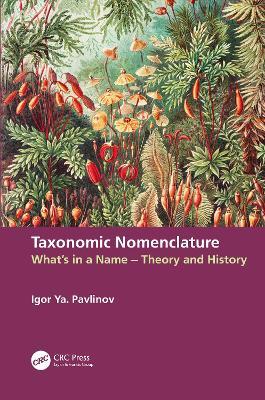
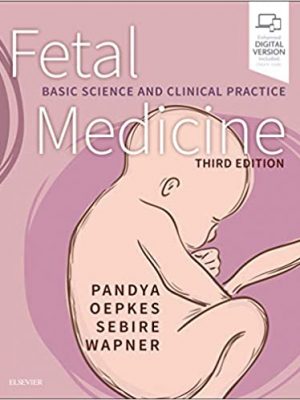
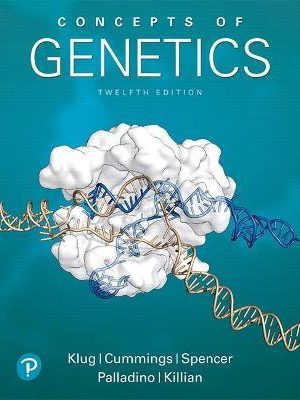


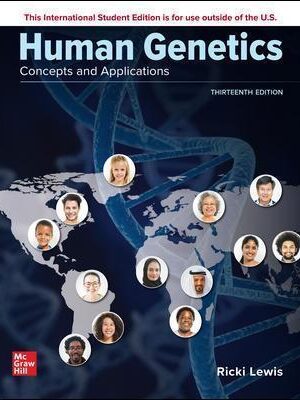


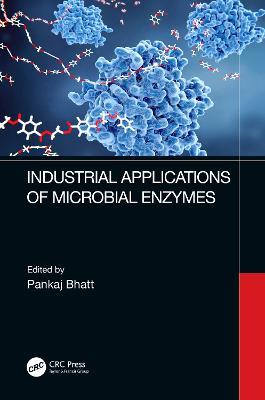
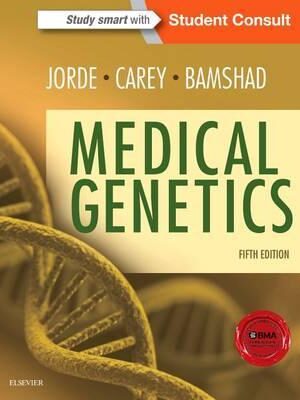
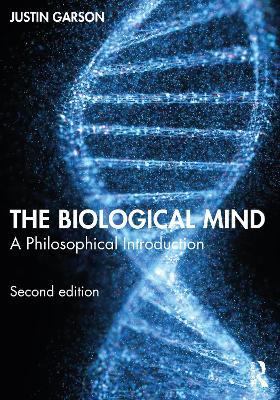
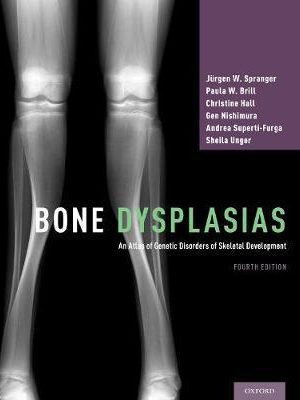
 Dentistry
Dentistry
Reviews
There are no reviews yet.